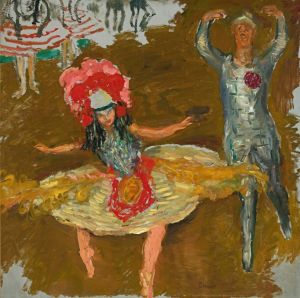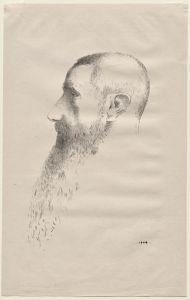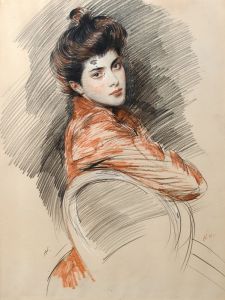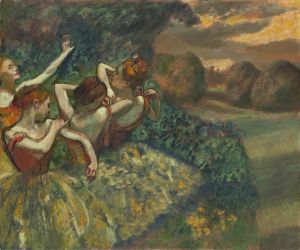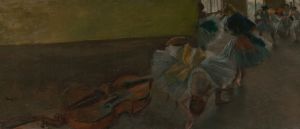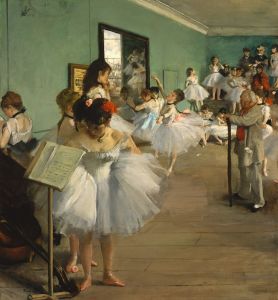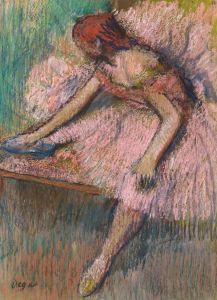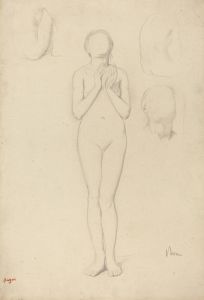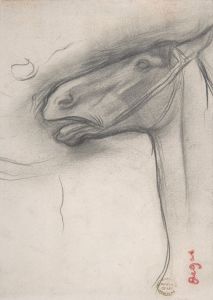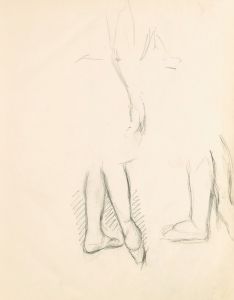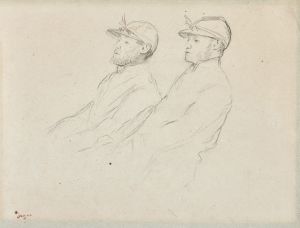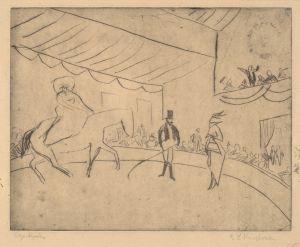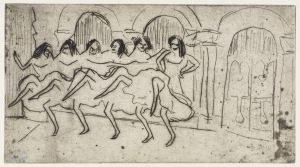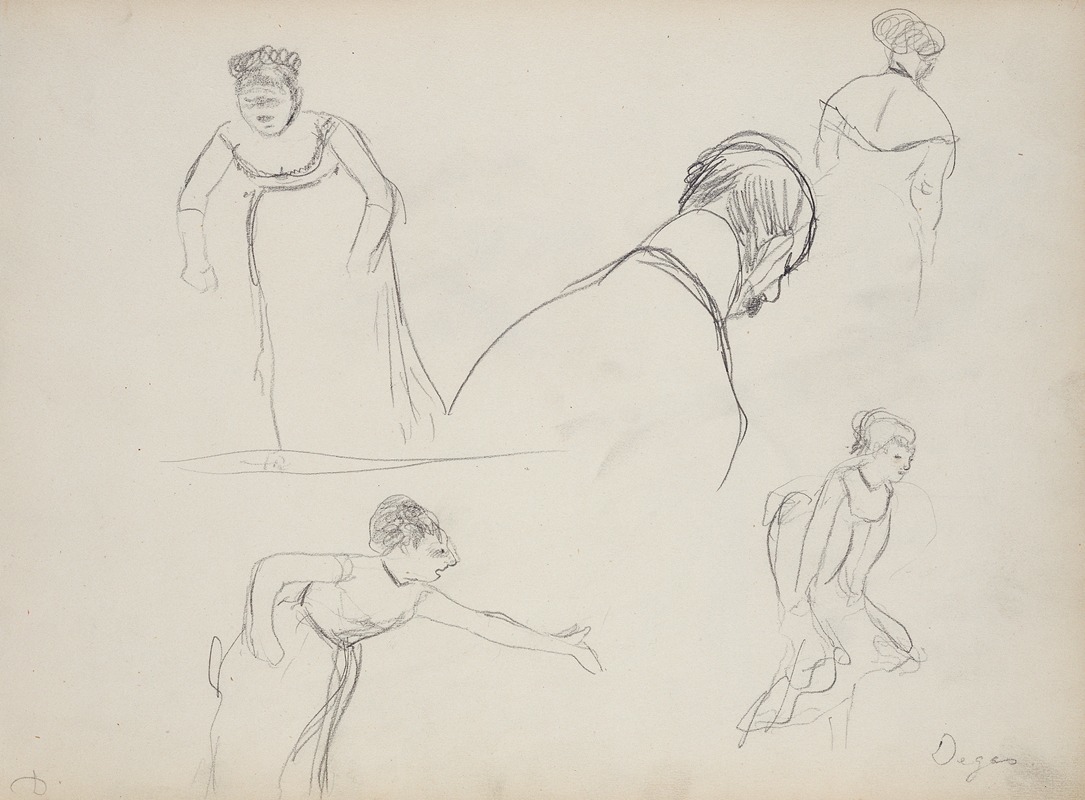
Five Rapid Sketches
A hand-painted replica of Edgar Degas’s masterpiece Five Rapid Sketches, meticulously crafted by professional artists to capture the true essence of the original. Each piece is created with museum-quality canvas and rare mineral pigments, carefully painted by experienced artists with delicate brushstrokes and rich, layered colors to perfectly recreate the texture of the original artwork. Unlike machine-printed reproductions, this hand-painted version brings the painting to life, infused with the artist’s emotions and skill in every stroke. Whether for personal collection or home decoration, it instantly elevates the artistic atmosphere of any space.
Edgar Degas, a prominent French artist associated with the Impressionist movement, is renowned for his innovative approach to capturing movement and his keen observational skills. One of his lesser-known works, "Five Rapid Sketches," exemplifies his dedication to studying human form and motion. While there is limited specific information available about this particular piece, it is reflective of Degas's broader artistic practices and themes.
Degas was born in Paris in 1834 and showed an early aptitude for drawing. He initially pursued a traditional academic art education, studying at the École des Beaux-Arts and copying works in the Louvre. However, his style evolved significantly over his career, moving away from the historical and classical subjects favored by the Academy to more contemporary and dynamic themes.
"Five Rapid Sketches" likely belongs to a series of studies Degas created throughout his life. He was known for his meticulous preparation, often producing numerous sketches and studies before completing a final piece. These sketches were integral to his process, allowing him to explore different compositions, perspectives, and movements. Degas had a particular interest in capturing the human body in motion, and his sketches often focused on dancers, bathers, and other figures engaged in dynamic activities.
Degas's work is characterized by his innovative use of perspective and his ability to convey movement. He frequently employed unusual viewpoints and cropping, influenced by the advent of photography and Japanese prints. His sketches, including "Five Rapid Sketches," demonstrate his skill in capturing fleeting moments with a few deft lines, conveying a sense of immediacy and spontaneity.
Throughout his career, Degas was associated with the Impressionists, although he preferred to be called a "realist" or "independent." He participated in several of the Impressionist exhibitions but maintained a distinct style that set him apart from his contemporaries. His focus on line and form, rather than the loose brushwork and emphasis on light characteristic of Impressionism, is evident in his sketches.
Degas's interest in movement and the human figure is also reflected in his choice of subjects. He is perhaps best known for his depictions of ballet dancers, which make up a significant portion of his oeuvre. These works, like "Five Rapid Sketches," reveal his fascination with the grace and discipline of dance, as well as the physical strain and effort behind the art form.
In summary, while specific details about "Five Rapid Sketches" are scarce, the work can be understood within the context of Edgar Degas's broader artistic endeavors. His sketches are a testament to his dedication to capturing the essence of movement and his innovative approach to composition and perspective. Through these studies, Degas contributed significantly to the development of modern art, influencing generations of artists who followed.





